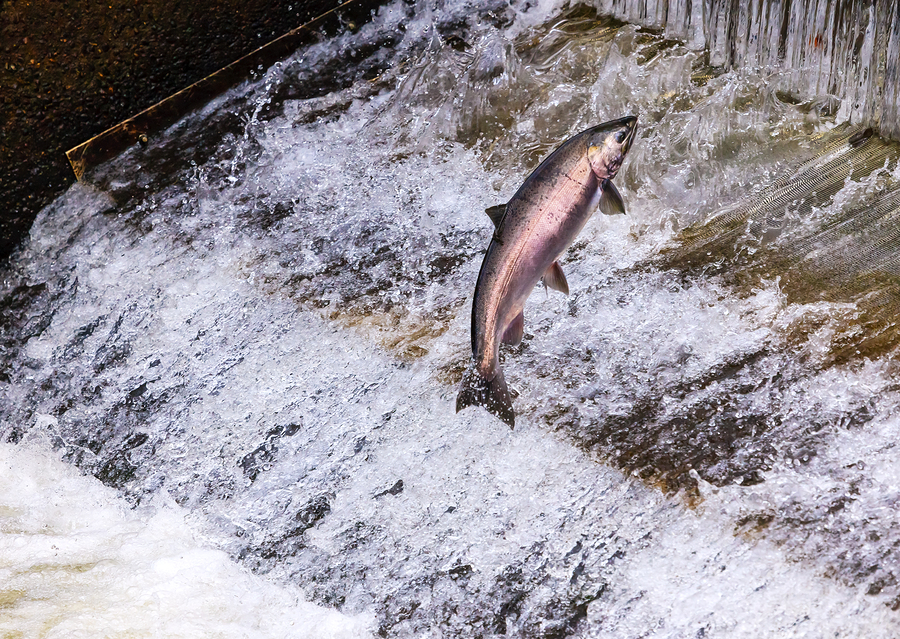Fish – Testing Positive for Cocaine
Yet another story that I wish I was making up. However, after years and years of irresponsible behavior, the consequences are finally catching up to us.
In the waters of Washington’s Puget Sound, it seems the fish are high on all kinds of drugs- both legal and illegal. Due to tainted discharge water, the fish found there have ingested cocaine, Prozac, Advil, Benedryl, and Lipitor. And according to a new study from NOAA (the National Oceanie and Atmospheric Administration) pharmaceutical pollution may be to blame as the brackish water was found to contain up to 81 different drugs.
There are a couple different ways these drugs are getting into Puget Sound: people are flushing their unused drugs into the toilet or after consuming a drug, whatever isn’t absorbed by the body and is passed through urine, makes its way- once again- into the sewage system. Jim Meador, an environmental toxicologist at the NOAA’s Northwest Fisheries Science Center in Seattle, had this to say:
“The concentrations in effluent [waste water] were higher than we expected,’ Meador said in the Seattle Times, ‘We analyzed samples for 150 compounds and we had 61 percent of them detected in effluent. So we know these are going into the estuaries.”
More from the We Are Change article:
“The connection between the chemicals found in the water and fish was determined after the same substances were found in both juvenile Chinook and staghorn sculpin. The two species have different life cycles, with the sculpin staying in the same body of water while the Chinook migrate from the Sound to the sea and back again. For both species to be exposed to the same chemicals suggests a shared habitat was affected. Salmon are an indicator species, meaning that they act as a warning system for environmental problems due to their sensitivity to changes in their living conditions.”
Now, it may not seem like fish high on Prozac would be that big of a deal, but it is. For instance, fish exposed to anti-anxiety drugs (benzodiazepines – like Valium or Xanax) are more aggressive, explore more dangerous areas, eat faster and put themselves in risky situations; “Although brave fish may not sound like a problem, the change in their behavior could spell bad news for their ecosystem. For example, while increased eating speed sounds harmless, if perch eat more zooplankton at a faster rate, then there is less zooplankton to eat algae. This, in turn, causes algae blooms. In addition, more fearless fish will expose themselves to more predators, which could then impact the perch population.”
These systems aren’t as delicate as flowers but overloading them with human drugs is too much because they have no way out. And it’s not just happening in the Sound. Scientists have also found intersex fish in polluted parts of the Potomac River which they believe is due to estrogen from birth control and menopause meds, in the water.
The EPA is adding various pharmaceuticals to a list of potentially harmful contaminants that need investigation and the World Health Organization is asking water treatment plants to improve how they clean (and thereby detoxify) wastewater, which everyone hopes will curb this issue. But you can help too. Since 2010, more local governments have created drug “take-back” days, in an effort to keep drugs off the streets and out of our landfills and waterways. If you can’t find any information online, talk to your local pharmacist. Whatever you do though, DO NOT FLUSH leftover meds.
Source: We Are Change












